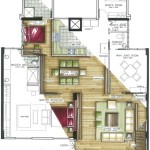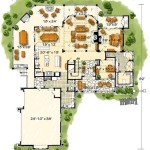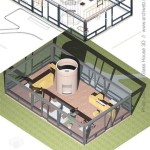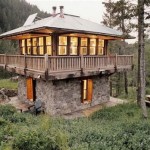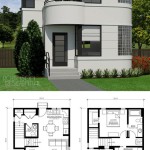Essential Aspects of Outdoor Insulated Dog House Plans
Providing your canine companion with adequate shelter is crucial for their well-being, especially during extreme weather conditions. Outdoor insulated dog houses can provide warmth and protection, ensuring the comfort and safety of your beloved pet. Building an insulated dog house is a rewarding project that can be customized to meet your dog's specific needs and the climate of your area.
Materials and Insulation
When selecting materials for your dog house, consider their durability, insulation properties, and resistance to moisture and pests. Pressure-treated lumber is a widely used choice for the frame due to its resistance to rot and moisture. For insulation, options include fiberglass batts, rigid foam panels, or spray foam. Fiberglass batts are cost-effective and provide good thermal resistance, while rigid foam panels offer superior insulation and moisture resistance. Spray foam expands to fill gaps, creating a seamless insulating barrier.
Ventilation and Drainage
Proper ventilation is essential for preventing moisture buildup and maintaining a healthy environment for your dog. Include ventilation holes or vents on the sides or roof of the house. Ensure sufficient airflow without creating drafts that could make your dog uncomfortable. Additionally, providing a raised floor and drainage holes will help prevent moisture from accumulating on the floor of the dog house.
Size and Dimensions
Determine the appropriate size of the dog house based on the size and breed of your dog. Allow enough space for your dog to move around comfortably but avoid making it too large, as this could make it difficult to heat. Measure your dog's height from the top of the head to the floor when standing up, and add about 2-3 inches for headroom. For length, add 4-6 inches to the length of your dog's body. Width should allow your dog to turn around easily.
Roof and Exterior
The roof should have a slight slope to prevent water buildup. Rolled roofing or asphalt shingles are common roofing materials. Cover the exterior with a weather-resistant material, such as vinyl siding, treated plywood, or corrugated metal, to protect against rain, wind, and sunlight. Consider adding a layer of weatherstripping around the door and windows to prevent drafts.
Accessories and Customization
Consider adding a raised bed or cot for added comfort and insulation from the cold ground. You may also want to include a window to provide natural light and ventilation. For increased insulation, use a heated dog bed or heating pad during cold weather. Personalize the dog house by painting it in your dog's favorite color or adding decorative elements that reflect your pet's personality.

Cold Weather Dog House Plans Bradshomefurnishings Winter Insulated Diy

14 Diy Dog Houses How To Build A House Plans Blueprints

Insulated Dog House Plans Myoutdoorplans

Insulated Dog House Diy Plans

Easy Diy Winter Doghouse Self Sufficient Projects

How To Build A Custom Insulated Dog House Ron Hazelton

Best 25 Insulated Dog Houses Ideas Only On House Diy Plans

Insulated Dog House Plans Wilker Do S

How To Build A Diy Insulated Dog House Wilker Do S
:strip_icc()/Beautiful-Pallet-Dog-House-with-Veranda-1-5a202f90494ec90037893a82.jpg?strip=all)
14 Free Diy Dog House Plans Anyone Can Build




